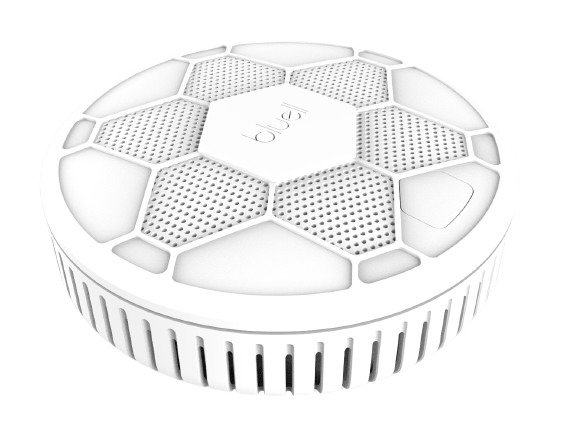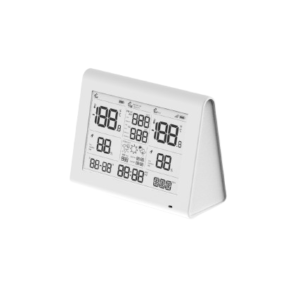Description
Smoke detector is a critical safety device designed to identify the presence of smoke, a common indicator of fire. These devices play a vital role in providing early warning of a fire, allowing occupants of a building to evacuate promptly and safely. Smoke detectors are essential components in residential, commercial, and industrial settings, significantly reducing the risk of injury and death from fires.
Features of Smoke Detectors
- Detection Technology:
- Ionization Smoke Detectors: Best for detecting flaming fires. They use a small amount of radioactive material to ionize the air, and when smoke enters the chamber, it disrupts the ionization process, triggering the alarm.
- Photoelectric Smoke Detectors: Best for detecting smoldering fires. They use a light beam and a light sensor; when smoke enters the chamber, it scatters the light, which then hits the sensor and triggers the alarm.
- Dual-Sensor Smoke Detectors: Combine ionization and photoelectric technologies to provide comprehensive detection of both flaming and smoldering fires.
- Power Source:
- Battery-Powered: Easy to install and maintain, ideal for locations without hardwired electrical systems. They typically include a low-battery warning to ensure continuous operation.
- Hardwired with Battery Backup: Connected to the building’s electrical system with a battery backup in case of a power outage, ensuring uninterrupted functionality.
- Interconnectivity:
- Many modern smoke detectors can be interconnected, meaning if one detector senses smoke, all connected detectors will sound the alarm, providing broader coverage and alerting occupants throughout the building.
- Smart Technology:
- Smart Smoke Detectors: Integrate with home automation systems and can send alerts to smartphones or other devices. These detectors can provide more detailed information about the location and nature of the detected smoke.
- Voice Alerts: Some models feature voice alarms that indicate the type and location of danger, which can be more effective in waking sleeping individuals.
- Sensitivity and False Alarm Reduction:
- Advanced models are designed to minimize false alarms from non-threatening sources such as cooking smoke or steam while maintaining high sensitivity to real fire threats.
- Test and Silence Features:
- Test Button: Allows users to periodically check the functionality of the detector.
- Silence Button: Enables users to temporarily silence the alarm in case of a non-emergency, such as minor cooking smoke, without disabling the detector.
- Durability and Maintenance:
- Long-life Batteries: Some detectors come with sealed, long-life batteries lasting up to 10 years, reducing the need for frequent battery replacements.
- End-of-Life Indicator: Alerts users when the detector needs to be replaced, typically after 10 years of service.
By incorporating these features, smoke detectors enhance the safety and security of any building, providing peace of mind and essential protection against the devastating effects of fire.






